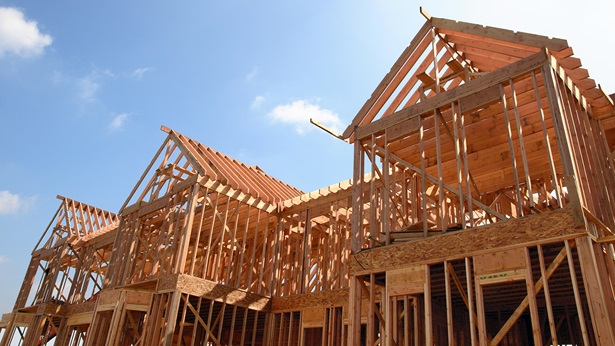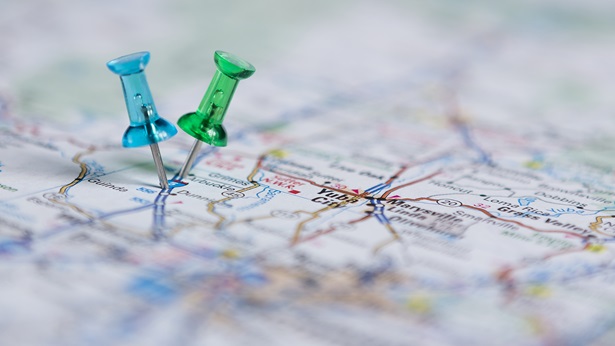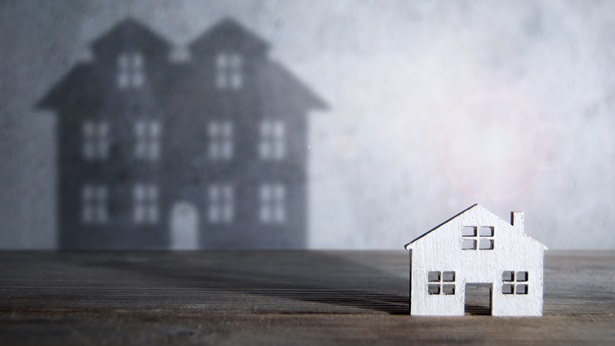How Home Builders Can Help Their Communities Rebuild After a Disaster
Your Local Connections Can Assist Those in Need
Communities and families are left picking up the pieces of their homes — and lives after a natural hazard event. Because of the widespread destruction, there’s often far more demand for repair work than local remodelers can handle for the foreseeable future.
Here are some ways home builders can step in and help neighbors in need:
- Take on rebuilding projects. Local builders are essential to the long-term recovery of communities. Examine your operations, consider the capacity to travel to impacted areas, and take on rebuilding projects. If you are not a local builder and want to relocate your business or work temporarily in another state, make sure you can fulfill all the necessary state and local licensing and insurance obligations before you move or make commitments to home owners.
- Partner with non-profit organizations. Community non-profits may need the support of skilled and non-skilled labor to help rebuild homes for the most critically in-need residents. Assess your ability to volunteer your time or resources to support these organizations.
A best practice for home builders and contractors looking to assist is to partner or volunteer with an established non-profit organization, agency, or municipal group that specializes in the work performed. Collaborative volunteer efforts can help allocate the appropriate time, skills and resources needed from members.
- Safety – Individuals may be included under the organization’s insurance, liability and emergency policies when volunteering with an established group. Furthermore, these organizations will acquire right-of-entry forms for each property, confirming the property owner’s permission and clearly defining the agreed-upon scope of work.
- Coordination – Volunteering as part of an organized group allows work orders to be coordinated efficiently between organizations and agencies, ensuring that households in need can receive the appropriate assistance swiftly.
- Continuity – Non-profits will keep track of work orders and share feedback with other organizations or municipal governments about the work completed and, crucially, any outstanding needs. This process ensures that home owners in need are not overlooked and can receive further help later.
- Make referrals. If you cannot assist residents, offer referrals or recommendations for other home building professionals in the area. This continuity could be critical to ensuring home owners locate builders and contractors for service.
- Create a list of available workers. Contact your known subcontractors and trades professionals to find out if they can repair homes in impacted areas.
- Contact your supply companies. Reach out to the building suppliers and distributors you are currently evaluating and determine if they can work in one of the damaged areas.
- Contact your current and former clients. You may already have a relationship with residents in the impacted towns, which could make it easy to reach out and see if they need assistance. Review your records and call former clients in the area.
- Learn how to work with insurance companies. Insurance may cover homes damaged or destroyed by the tornado, and you may have to work through the insurance process with the home owner. Connect with insurance professionals in your network. They can guide you on best practices for handling the claims process so you can assist impacted home owners.
- Be a valuable information source. Home owners impacted by natural hazards may have little to no experience building or rebuilding a home. Become a resource for expert information for these home owners. By providing best practices and advice in the building process, you can guide their recovery and help them navigate the new territory of getting their house rebuilt.
- Communicate, communicate, communicate. Strong communications are critical after a disaster. Natural hazards are traumatic experiences. Your kindness, consideration, and expertise will go a long way toward helping them recover. Provide regular updates and timelines, budgets, and the status of work underway during rebuilding.
After disasters, builders build more than just homes. Builders stand together with survivors to rebuild communities. We are stronger together.
NAHB adapted this information from an NAHBNow blog post by Dan Bawden, CAPS CGP CGR GMB. Bawden is president of Legal Eagle Contractors Co. in Houston.



